
A daunting reality faces every astronaut: six months in space can remove up to 9% of bone in major skeletal areas, even with daily exercise and meticulous planning. As human beings plan for longer trips to the Moon, Mars, and beyond—the issue of safeguarding the human body in space is compelling us to confront the boundaries of biology, engineering, and imagination.
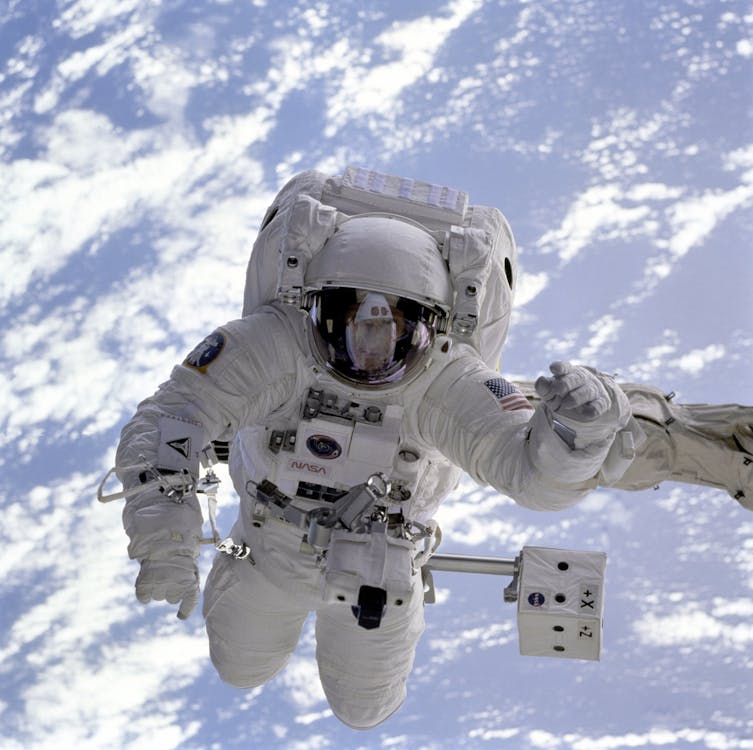
1. Microgravity and the Unyielding Loss of Bone and Muscle
Microgravity is not actually weightlessness. The International Space Station (ISS) is in freefall orbit, producing a condition in which the gravitational force is only 89% of that on Earth. This difference has significant implications. Without the relentless mechanical stress supplied by gravity, bones and muscles quickly wither away. Astronauts lose approximately 1% of bone density that supports weight per month while in space, a rate that can accumulate up to a 9% loss in the lumbar spine, pelvis, and femoral neck in six months as measured in clinical studies.
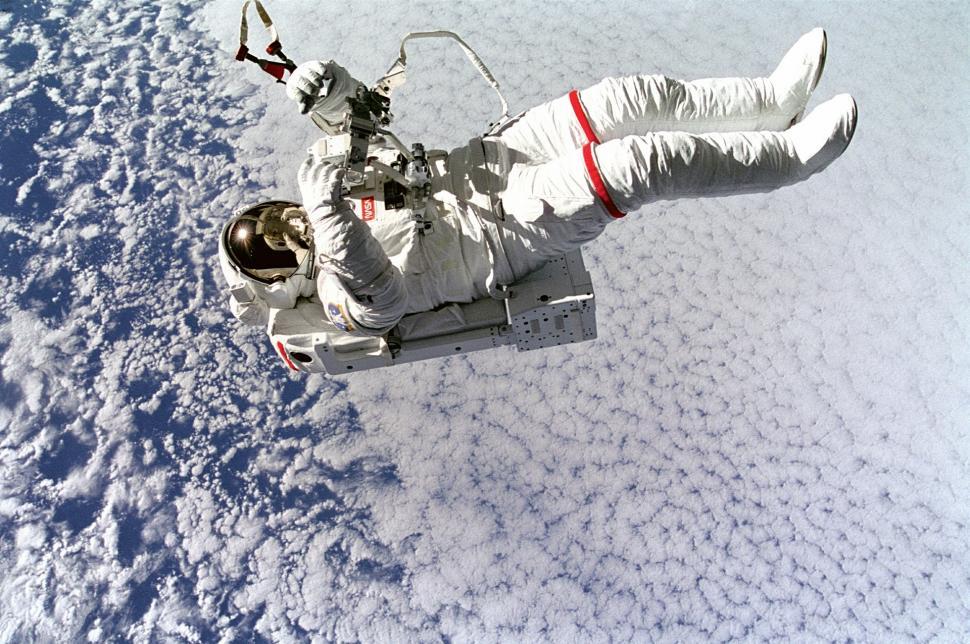
Even the most sophisticated exercise countermeasures, including the Advanced Resistive Exercise Device (ARED), which mimics weightlifting using up to 600 pounds of resistance, cannot completely stem this loss. Research supports that although ARED and aerobics retard bone loss, astronauts continue to arrive home with compromised skeletons and reduced muscle mass even after intensive regimens. The lower body and lumbar spine are most susceptible, with muscle cross-sectional area losses averaging 5–13% and functional power decreasing by up to 50% on some long-duration missions based on comprehensive musculoskeletal analyses.

2. The Limitations of Exercise and the Quest for Improved Alternatives
ARED and treadmill exercise are the backbone of in-flight exercise, but two hours a day falls short of recreating Earth’s gravitational stimulation. Researchers indicate that trabecular bone—the spongy, metabolically active interior of bones—incurs the largest losses, and that rehabilitation upon return to Earth is slow and incomplete in many astronauts. Recent research has investigated pharmaceutical countermeasures, including myostatin inhibitors and bisphosphonates, and novel “muscle-on-chip” tissue culture experiments to elucidate mechanisms of atrophy in human and animal models. However, the unavoidable conclusion is that existing countermeasures are not adequate for beyond low Earth orbit missions.
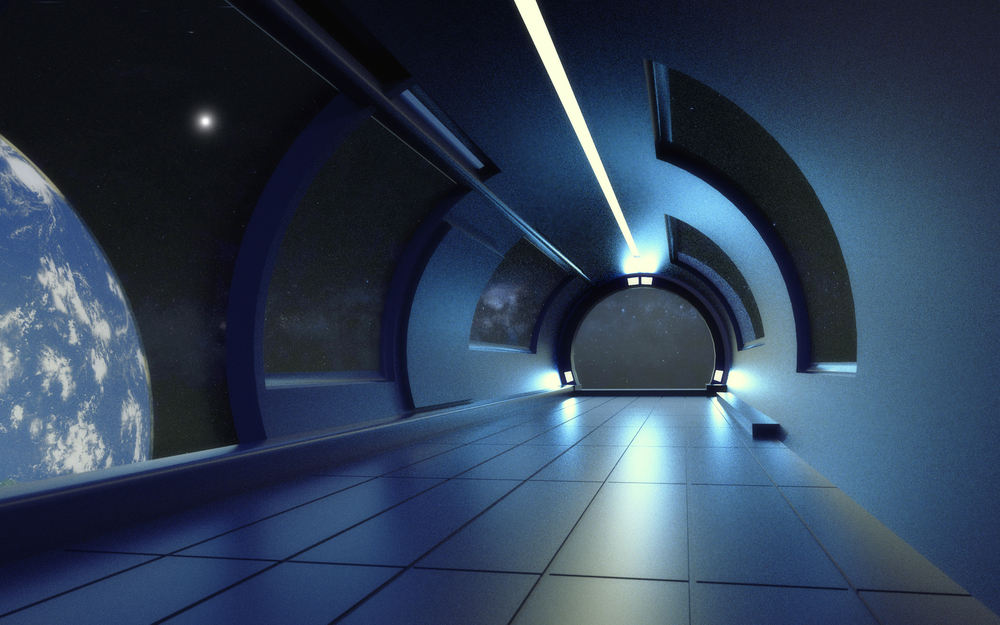
3. Artificial Gravity: The Next Frontier in Spacecraft Design
In order to treat at the root the deconditioning of muscles, bones, and cardiovascular systems, engineers and physiologists are returning to the idea of artificial gravity. By spinning spacecraft or habitat modules, a centrifugal force can mimic the pull of gravity, engaging antigravity muscles and loading bones and the cardiovascular system in patterns that patchwork countermeasures cannot. The technical challenges are daunting: spinning sections need proper balancing of mass, management of Coriolis forces, and firm structural engineering as emphasized in recent reviews. Nevertheless, experimental evidence from terrestrial centrifuge research and animal models on orbit demonstrates that artificial gravity is able to partially alleviate muscle atrophy, bone loss, and even neuro-ocular syndromes like SANS. The Japanese Space Agency’s Multiple Artificial-Gravity Research System (MARS) has shown that 1G centrifugation in space decreases retinal cell apoptosis in mice, which may provide hope for more general physiological protection.

4. Cardiovascular Adaptations: Miniaturizing Hearts and Fluid Shifts
The cardiovascular system is extremely sensitive to microgravity. The lack of gravity’s downward force leads to fluids being redistributed towards the head, which creates “puffy face” syndrome and disrupted cardiac workload. Results from the NASA Twins Study showed that after almost a year in space, astronaut Scott Kelly’s heart had contracted by 27%, a shocking loss of muscle mass that did not affect short-term function but poses concerns for long-term health. High-resolution imaging and “heart-on-a-chip” experiments have now validated that microgravity causes myocardial atrophy, endothelial dysfunction, and mitochondrial dysfunction—changes that reflect accelerated cardiac aging in engineered tissue models. Arrhythmias, such as atrial fibrillation and ventricular tachycardia, have occurred in astronauts with no previous cardiac disease, highlighting the unforeseen risks of spaceflight as evidenced in long-term research.
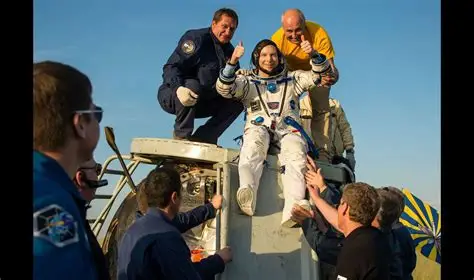
5. Blood, Vessels, and Re-Entry Conundrum
Fluid shifts and decreases in plasma volume of 10–15% take place quickly in microgravity, which provoke compensatory red blood cell destruction and changes in vascular tone. When they return to Earth, astronauts often suffer from orthostatic intolerance—difficulty keeping blood pressure up when they stand—because the heart and blood vessels are deconditioned. Long-term exposure to space radiation also accelerates vascular aging, with signs of arterial stiffening, atherosclerosis, and pro-inflammatory conditions in animal and human studies by several space agencies.
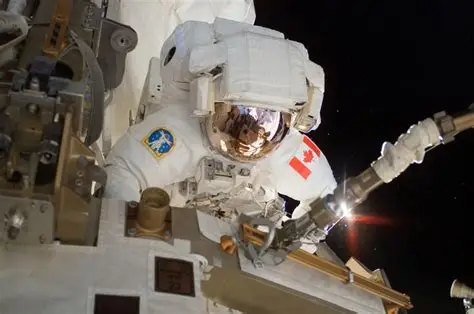
6. Cosmic Radiation: Invisible, Persistent, and Hazardous
Outside the ISS, the danger from cosmic radiation increases. The Earth’s magnetosphere provides some shielding, but astronauts receive 80–160 mSv of radiation on a six-month trip—roughly equivalent to 1,000 chest X-rays as estimated by NASA. In deep space, exposure is vastly increased, with 233 mSv per year at Martian surface levels—100 times Earth as measured by the Mars Science Laboratory. Galactic cosmic rays (GCRs) and solar particle events (SPEs) bring high-energy protons and heavy ions that can penetrate spacecraft hulls as well as human tissue, leading to DNA damage, carcinogenesis, and degenerative disease. “The type of radiation is unique in space compared to what humans are exposed to on Earth, and we don’t know much about the risks, particularly for deep space missions to the Moon and Mars,” said Honglu Wu, senior scientist at NASA’s Johnson Space Center.
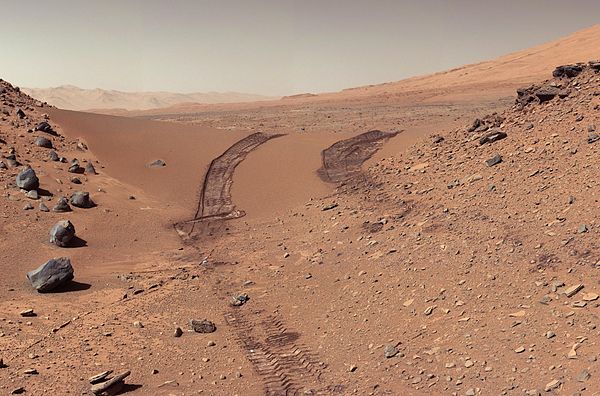
7. Next Generation Shielding: Materials and Martian Regolith
Shielding astronauts from radiation is a daunting engineering task. Traditional spacecraft use aluminum and polyethylene for shielding, but these materials are only partially effective against high-energy GCRs. Recent simulations and Mars rover data suggest that layered shields combining Martian regolith with hydrogen-rich compounds like lithium hydride (LiH) or polystyrene can significantly reduce absorbed dose, especially for heavier ions according to Monte Carlo modeling. Subterranean shelters and caves provide natural shielding, and research is ongoing with the aim of using tissue-equivalent phantoms and real-time dosimetry to better model risk for cancer and acute radiation syndromes as listed in systematic reviews.
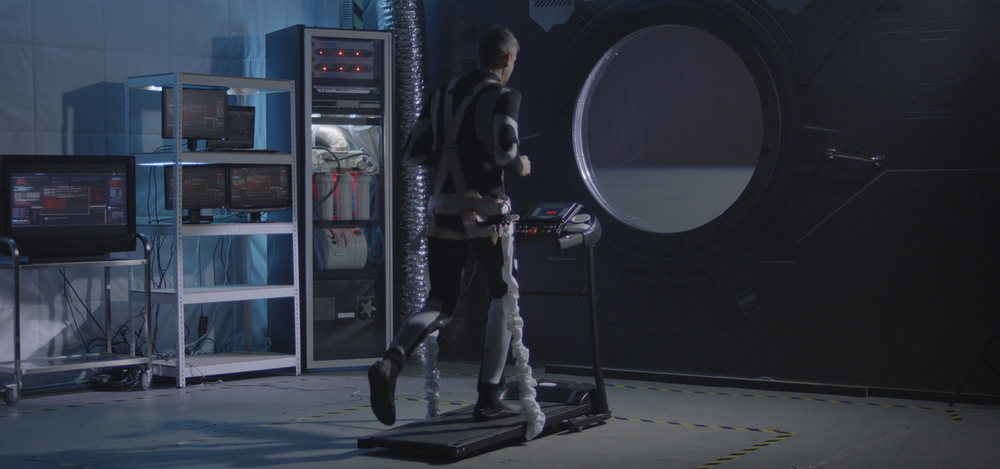
Space agencies across the globe are in a competition to create integrated countermeasures—integrating artificial gravity, next-generation shielding, pharmaceuticals, and tailored exercise protocols—to protect the next generation of space explorers. As human presence continues to push beyond Earth’s orbit, the science of adaptation, protection, and recovery will shape the future of spaceflight.


